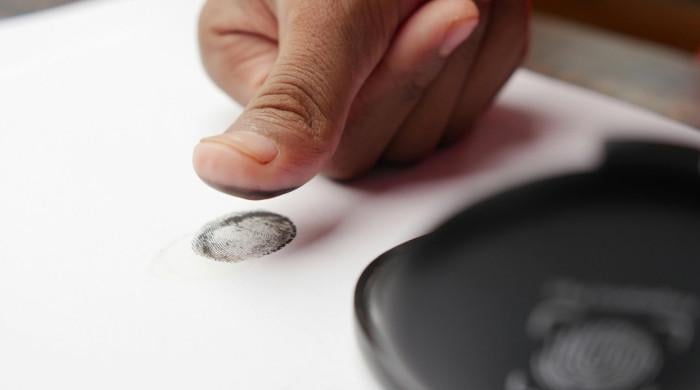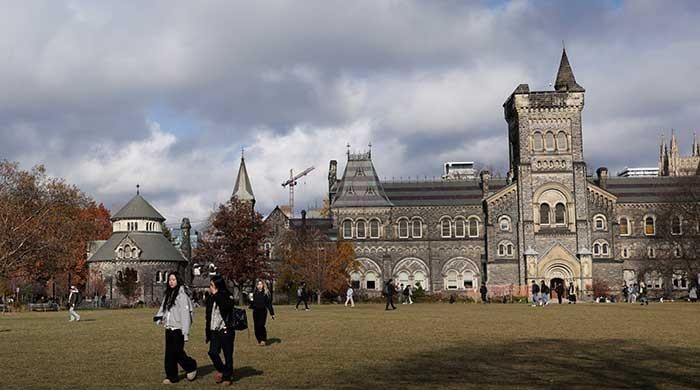Bee extinction: Why we’re saving the wrong bees?
Less wild bees means less pollinator diversity which means fewer wild plants
December 02, 2021
Honeybee numbers are growing at a rapid pace worldwide. According to the Food and Agriculture Organisation, managed hives have increased by 83% since 1961. But we may be saving the wrong bees.
Honeybees are not the only bees in the world that pollinate.
“The general public confounds bees with the honey bee,” Isabelle Dajoz, a professor at the University of Paris, tells DW. In fact, there are about 20,000 different species of wild bees and they are the most important wild pollinators.
But unlike honeybees, these wild bees live mostly solitary lives and pollinate only specific plants.
Yet, these wild bees are very important to the ecosystem and to our food security. Although, over the years, there has been a serious decline in the population of wild bees due to pesticides, intensive agriculture and habitat loss. As per some estimates, over 40% of wild bees species are threatened.
This loss of diversity can cause a knock-on effect on our whole ecosystems. Less wild bees means less pollinator diversity which means fewer wild plants. This can hurt animals that use these plants for food or shelter and it is also bad for the future of our food.
In the US, crops are already producing less due to wild pollinators’ decline.
While wild bee numbers decrease the world over, honey bees’ population has registered an uptick. Mostly, due to people, on a small and large scale, farming these bees for pollination.
However, more honeybees can have a negative effect on our ecosystem as experts say that honeybees hive have tens of thousands of individuals that need a lot of food. They will eat most of the floral resources and there will not be enough left for the other pollinating species of bees.
Honey bees can also spread disease to wild bees.
Though the biggest threat to all wild bees is industrial agriculture which uses harmful chemicals. So instead, countries should aim to support small scale farmers and diverse habitats for wild bees. Moreover, planting new trees or leaving out dead logs make a great breeding spot for wild bees.









